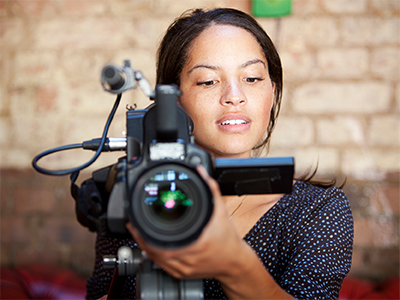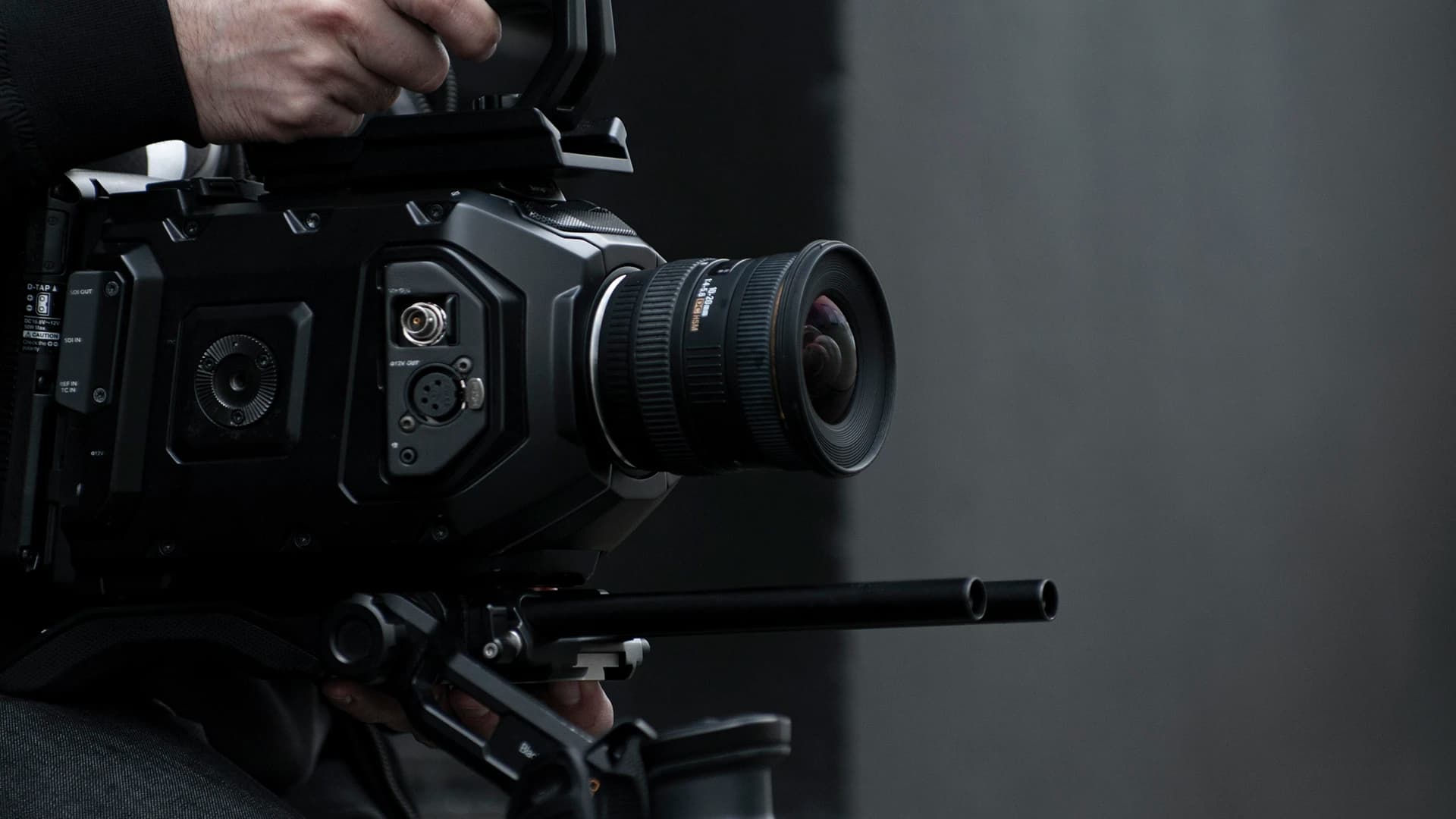Advanced Legal Videography for Mediations.
Advanced Legal Videography for Mediations.
Blog Article
Why Lawful Videography Is Essential for Accurate Legal Record-Keeping
In the world of legal procedures, the precision of record-keeping is critical, and legal videography emerges as an essential device in this context. By capturing the nuances of spoken and non-verbal communication, it substantially lowers the potential for misinterpretation that can go along with typical written records. The conservation of genuine aesthetic proof not just boosts the reliability of testimonies but likewise contributes to a comprehensive account of events. As we explore the diverse benefits of lawful videography, one have to consider its implications for the future of judicial stability and transparency - legal videography.
Relevance of Visual Proof
Establishing the significance of visual proof in lawful process is vital for guaranteeing exact record-keeping and enhancing the overall honesty of the judicial procedure. Visual evidence acts as an essential device in recording events, conditions, and various other essential details that may be vital to a case. Unlike created accounts, which are prone to interpretation and prejudice, aesthetic recordings offer an objective, unalterable depiction of truths as they occurred.


This type of proof can capture a range of elements, including witness habits, environmental context, and physical proof, all of which might influence judicial end results. By presenting a clear and detailed aesthetic story, legal videography removes ambiguity and assists to maintain the authenticity of the proof.
Moreover, visual proof can be instrumental in decreasing disagreements over factual inconsistencies, as it permits a direct comparison against testament and various other documented records. In a period where electronic technology is progressively common, the capability to existing aesthetic proof properly can dramatically boost the overall high quality of lawful process. Inevitably, the incorporation of aesthetic evidence not only reinforces the paperwork process however likewise enhances public count on the judicial system by promoting transparency and accountability.
Enhancing Testimony Reputation
The assimilation of lawful videography into courtroom proceedings dramatically boosts the reputation of witness testament. By catching the nuances of spoken and non-verbal interaction, video recordings offer a more thorough depiction of a witness's attitude, emotions, and integrity. This aesthetic paperwork enables jurors to observe the witness's body language, faces, and total carriage, which are important components that can influence their understanding of testimony reputation.
In addition, lawful videography minimizes the potential for false impression or distortion of statement that may occur in composed transcripts. Visitors can see and hear the testament as it was presented, ensuring that the context and tone are protected. This credibility promotes a better sense of trust among jurors, that may be extra inclined to think testament that they can witness firsthand.
Furthermore, the presence of video footage can deter witnesses from offering deceptive or exaggerated statements, as they understand that their statement is being recorded. This responsibility enhances the integrity of the judicial process. Inevitably, legal videography works as an essential tool in making sure that witness testament is not only precisely shown but likewise watched with heightened integrity by all parties included.
Comprehensive Document Conservation
Comprehensive document conservation is This Site important for preserving the honesty this hyperlink of lawful proceedings. Legal videography functions as a critical device in this process, providing an exact visual and acoustic account of testimonies, depositions, and other turning points in a situation. Unlike standard written records, video clip recordings capture the nuances of body language, tone, and emotion, which are important for comprehending the context and intent behind declarations made during legal procedures.

In addition, the capability to evaluate video clip evidence allows lawyers to identify critical information that may have been forgotten in composed documents. By preserving an extensive archive of lawful procedures through videography, legislation firms can copyright the greatest standards of accuracy and responsibility, eventually adding to a fairer judicial process.
Streamlining Lawful Proceedings
Enhancing lawful process is important for boosting effectiveness and reducing delays within the judicial system. Lawful videography serves as a crucial tool in accomplishing this goal by offering clear and exact visual paperwork of court hearings, depositions, and testimonies. This innovation permits for real-time recording, guaranteeing that all spoken and non-verbal signs are captured, which can promote quicker resolution of conflicts.
The assimilation of videography right into legal processes lessens dependence these details on standard methods, such as lengthy transcripts, which can be lengthy to generate and review. By having accessibility to tape-recorded video footage, lawyers can promptly reference key moments, improving their capacity to prepare and present cases successfully. This immediacy additionally assists in the making clear of testimonies, minimizing the potential for misinterpretation.
Furthermore, visual paperwork promotes a much more engaging courtroom experience for jurors, helping them to understand complicated info quicker. Ultimately, lawful videography simplifies interaction amongst all celebrations included, from attorneys to judges to jurors, thereby promoting a more efficient judicial process (legal videography). In an age where time is important, embracing this technology is vital for the modern lawful landscape
Admissibility in Court
Accurate documentation is vital not just for performance yet likewise for guaranteeing that proof is permissible in court. Lawful videography works as a vital device in this procedure, supplying a reputable aesthetic record of statements, statements, and occasions. Courts usually call for evidence to meet particular standards of admissibility, consisting of significance, authenticity, and integrity. High-grade video recordings can meet these requirements by capturing clear sound and visual information that composed records might overlook.
To be considered permissible, legal videography has to follow established methods, such as proper devices use, suitable illumination, and clear audio capture. In addition, it is vital to have qualified videographers that understand the lawful demands surrounding evidence collection. The chain of safekeeping have to additionally be kept to stop any type of claims of tampering or modification.
Furthermore, legal videography can improve the persuasiveness of proof by providing jurors with a direct view of the statement, enabling for a more involved understanding of the case. In summary, the combination of lawful videography into record-keeping not only sustains performance yet also reinforces the stability and admissibility of evidence in court procedures.
Final Thought
In verdict, lawful videography plays a pivotal role in guaranteeing exact lawful record-keeping by providing objective visual documentation. This method enhances the credibility of testimonies, preserves extensive records, and enhances lawful process. In addition, the admissibility of high-grade video clip proof in court more underscores its importance - legal videography. Eventually, the consolidation of legal videography into the judicial procedure advertises transparency and reinforces public depend on in the integrity of the lawful system.
Report this page